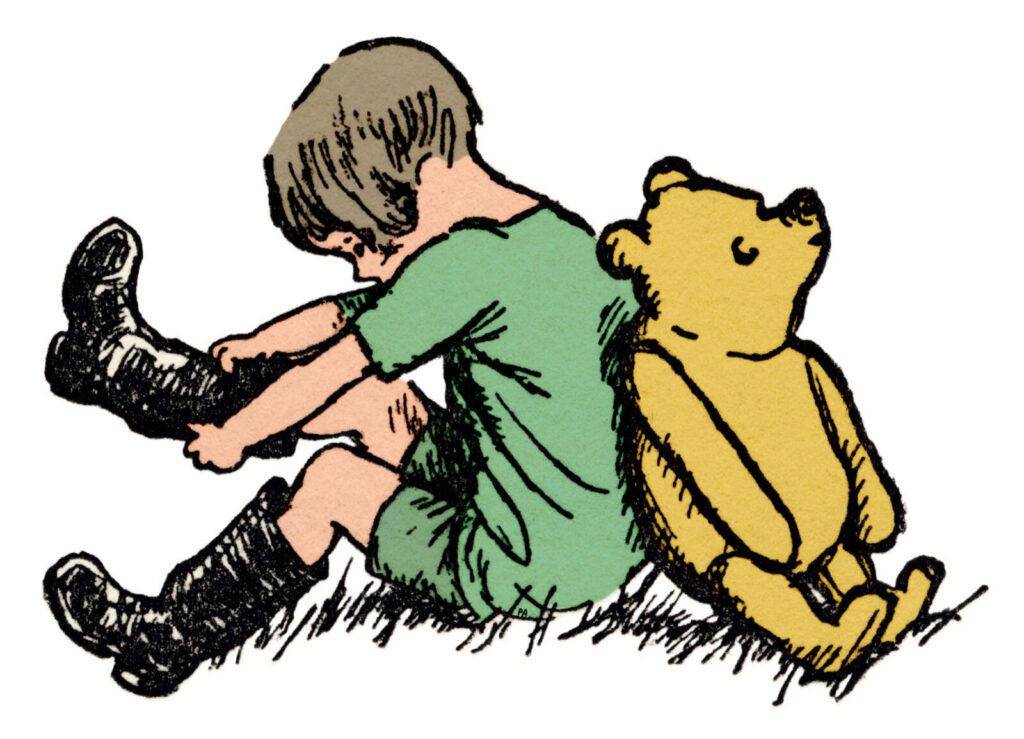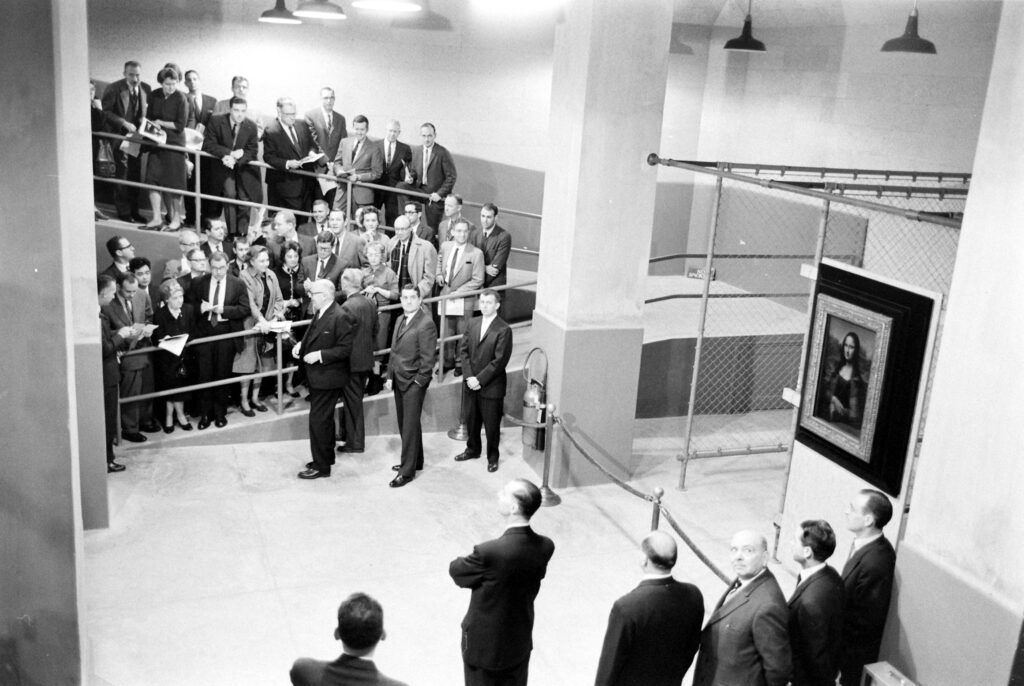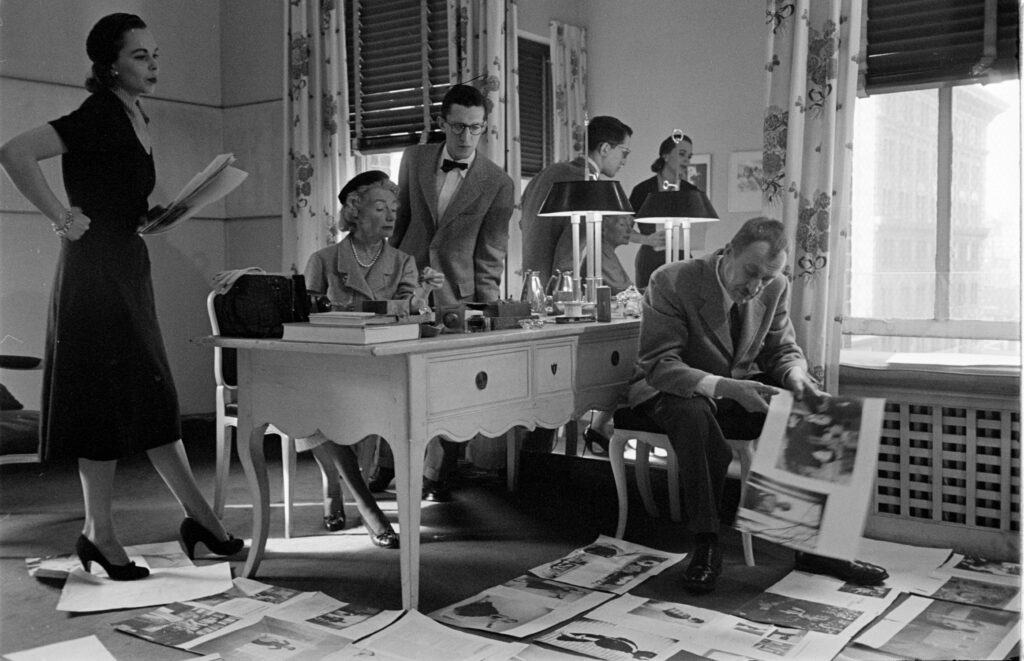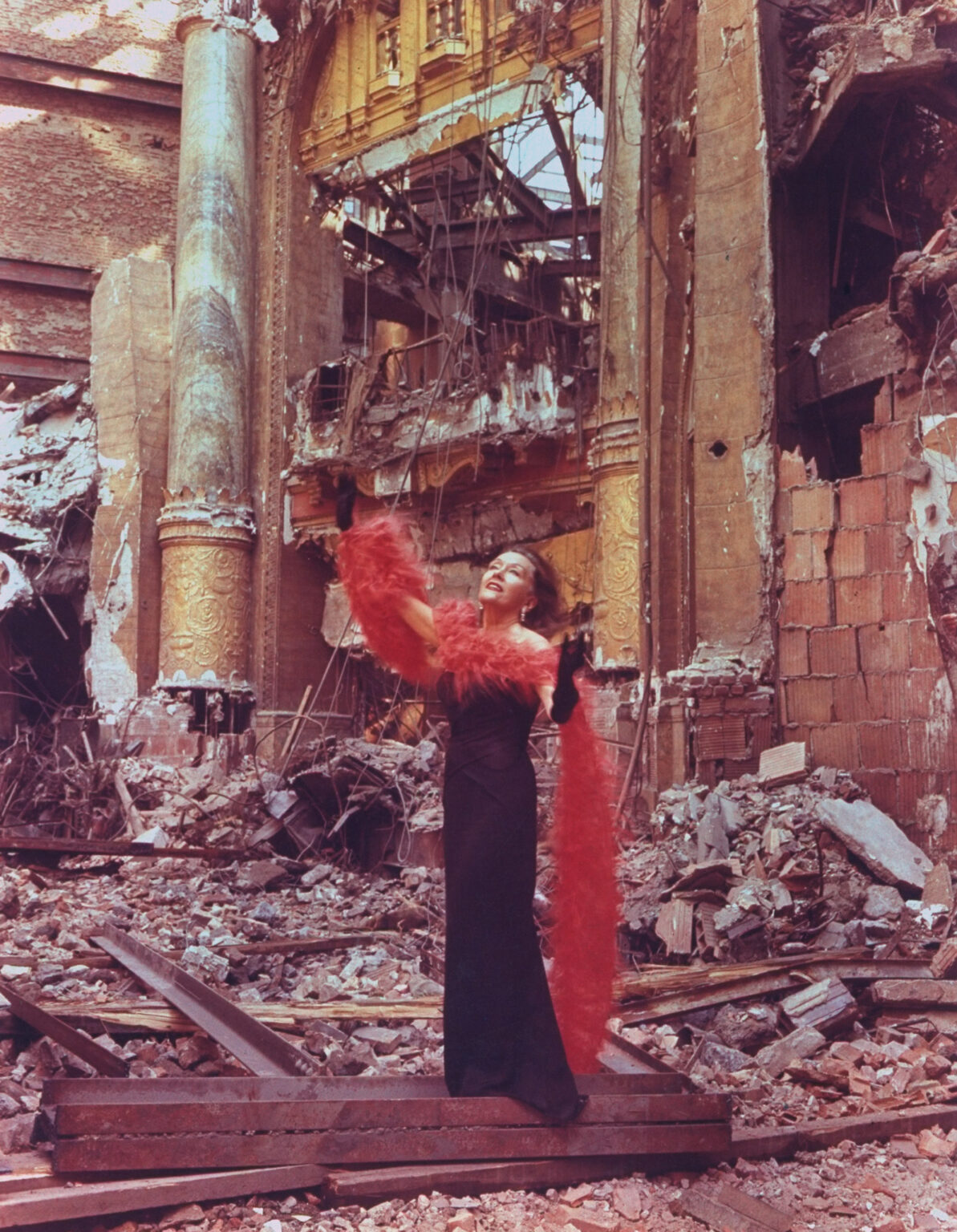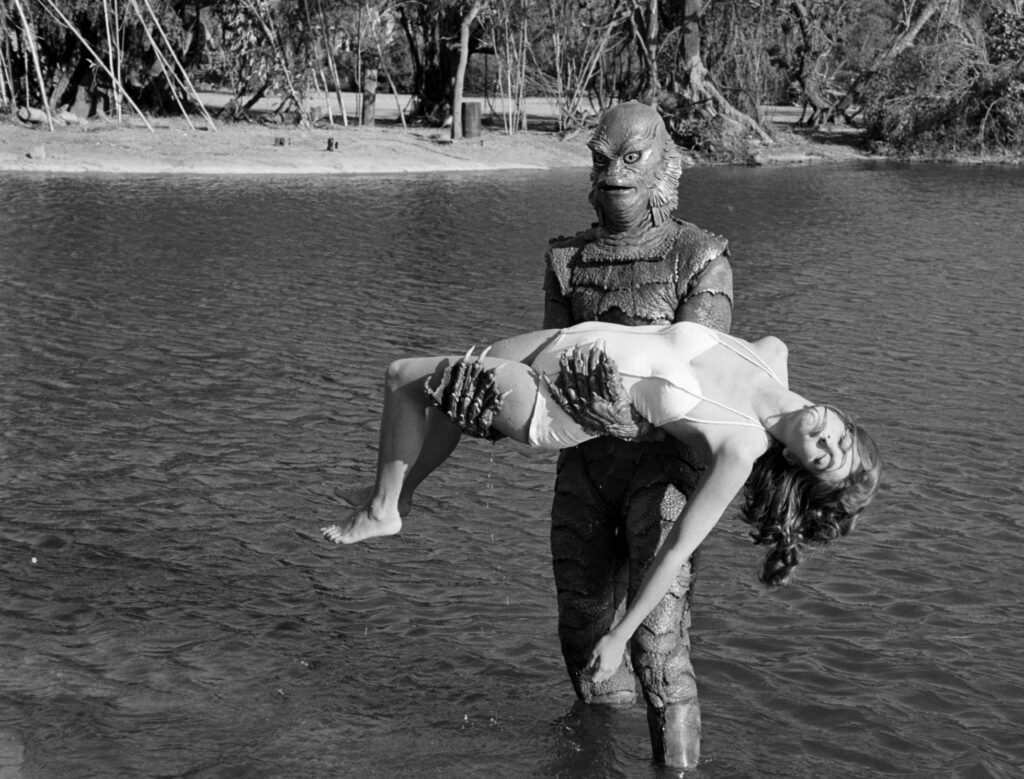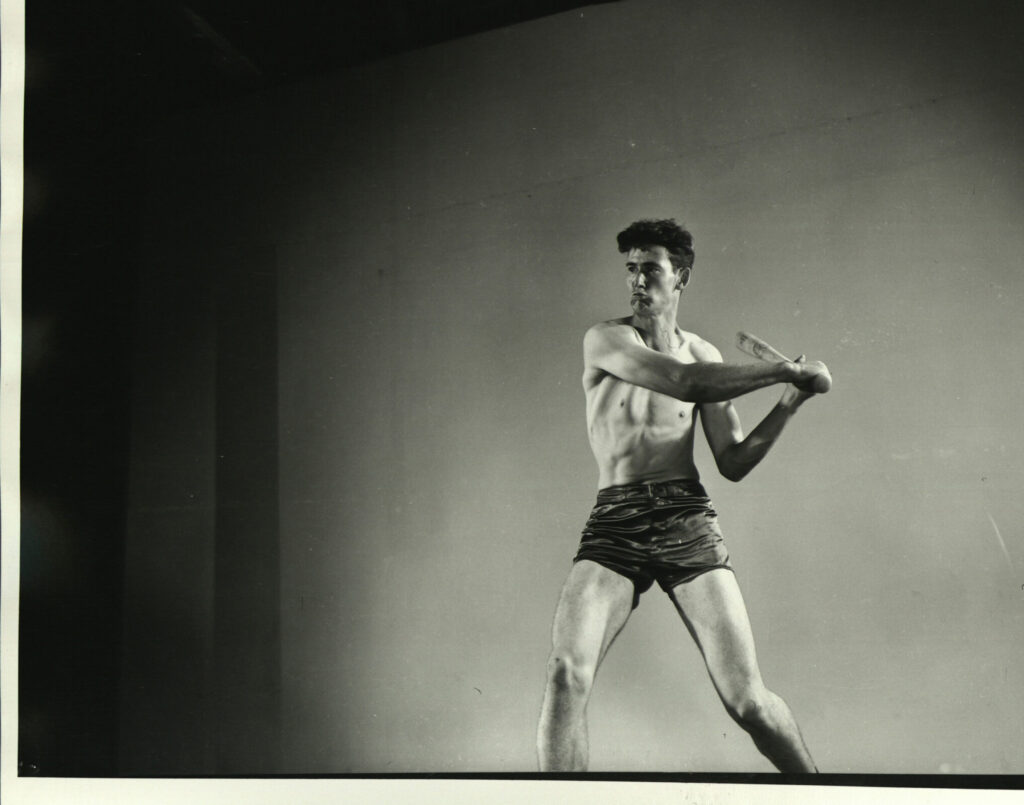The photos from the practices of the St. Mary’s Rattlers don’t look like your ordinary football photos, and there’s a reason for that. A few of them really.
The photos were taken by legendary LIFE photographer Alfred Eisenstaedt back in 1939, so the passage of time is certainly an issue. But even for football photos of that era, the look is unusually antique. The sparseness of the San Antonio setting also adds to their distinctive feel. But another factor is the unique background of the St. Mary’s squad.
LIFE visited St. Mary’s at a time when the football program was on the rise, and also on the rebound from extinction. The school has disbanded football from 1931 to 1935 during the depths of the Great Depression, and the team made its return largely thanks to entirely to the entrepreneurial spirit of a local oilman named John “Mose” Sims. Simms instigated the team’s return, and his role might be described as a hybrid between a coach, athletic director and booster gone wild. According to the school’s history of the team, “Simms would negotiate a deal with the University where he would field football and basketball teams in return for tuition, dormitory space and books for players.”
Sims also had the instincts of a showman, and it was his idea to dress the team in gaudy red-white-and-blue uniforms in honor of the Texas state flag, even though the school’s colors were blue and gold. (The team’s return in 1936 coincided with the Texas centennial). His attention-getting tactics clearly worked on the editors of LIFE, which devoted a couple pages on St. Mary’s in its Oct. 14, 1939 issue, right a feature on Alabama in a section on college football. The story, headlined “St. Mary’s of Texas Knows How to Round Up a Good Team” played to the image of the rugged Texan cowboy by showing Simms recruiting a steer-wrestler. (The story writer, lacking a crystal ball, did not mention what would become the most historic aspect of St. Mary’s football, which is that one of the programs early coaches was future president Dwight D. Eisenhower).
While LIFE declared that the school was “well on its way to becoming a national power,” the St. Mary’s football program did not last. Simms’ time with the team ended after the 1940 season, and while the Rattlers gave it another go in 1941, football ended with the start of World War II. Today the University competes in 12 sports, but football is not one of them.
The ephemeral nature of the program only adds to the particular mystique of Eisenstaedt’s photos. Instead of being part of a continuum—Alabama football, then and now—they represent a specific time and place, one where the uniforms were flamboyant, the landscape was sparse, and the athletes were young and lean. These pictures are what it would look like if you were trying to capture the essence of the sport of football when it was a lanky teenager, just starting to come into itself.

St. Mary’s football practice, San Antonio, 1939.
Alfred Eisenstaedt/LIFE Picture Collection/Shutterstock

St. Mary’s football practice, San Antonio, 1939.
Alfred Eisenstaedt/LIFE Picture Collection/Shutterstock

St. Mary’s football team, San Antonio, 1939.
Alfred Eisenstaedt/LIFE Picture Collection/Shutterstock

John Simms, the coach and creator of St. Mary’s football in the 1930s.
Alfred Eisenstaedt/LIFE Picture Collection/Shutterstock

Henry Tutor, a St. Mary’s football player, worked as cowboy on home cattle ranch in Texas, 1939.
Alfred Eisenstaedt/LIFE Picture Collection/Shutterstock

St. Mary’s football practice, San Antonio, 1939.
Alfred Eisenstaedt/LIFE Picture Collection/Shutterstock

St. Mary’s football practice, San Antonio, 1939.
Alfred Eisenstaedt/LIFE Picture Collection/Shutterstock

St. Mary’s Football Team, San Antonio
Alfred Eisenstaedt/LIFE Picture Collection/Shutterstock

St. Mary’s Football Team, San Antonio
Alfred Eisenstaedt/LIFE Picture Collection/Shutterstock

St. Mary’s Football Team, San Antonio
Alfred Eisenstaedt/LIFE Picture Collection/Shutterstock

Saint Mary’s football team practice, San Antonio, 1939.
Alfred Eisenstaedt/LIFE Picture Collection/Shutterstock

Saint Mary’s Football Team
Alfred Eisenstaedt/LIFE Picture Collection/Shutterstock

Saint Mary’s football team practice, San Antonio, 1939.
Alfred Eisenstaedt/LIFE Picture Collection/Shutterstock

St. Mary’s football team practice, San Antonio, 1939.
Alfred Eisenstaedt/LIFE Picture Collection/Shutterstock

St. Mary’s football practice, San Antonio, 1939.
Alfred Eisenstaedt/LIFE Picture Collection/Shutterstock

The Saint Mary’s football team lived in an unfinished qymnasium, 1939.
Alfred Eisenstaedt/LIFE Picture Collection/Shutterstock

The team bus for St. Mary’s football, 1939.
Alfred Eisenstaedt/LIFE Picture Collection/Shutterstock

The Saint Mary’s team bus parked outside the school, San Antonio, 1939.
Alfred Eisenstaedt/LIFE Picture Collection/Shutterstock



















